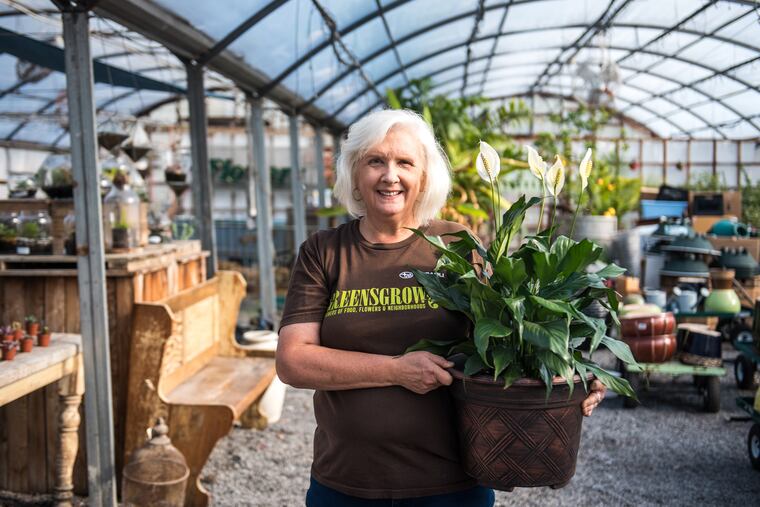The 10 air-purifying indoor plants that are easiest to keep alive
Studies show plants can reduce stress and boost happiness, and thanks to NASA, we know which ones help fight indoor pollution, too. Here are the 10 air-purifying indoor plants that are easiest to keep alive.
